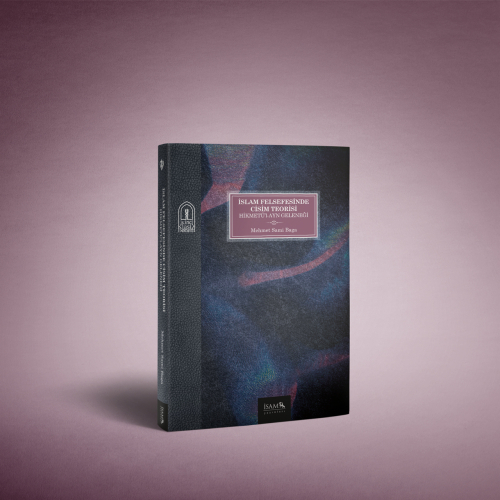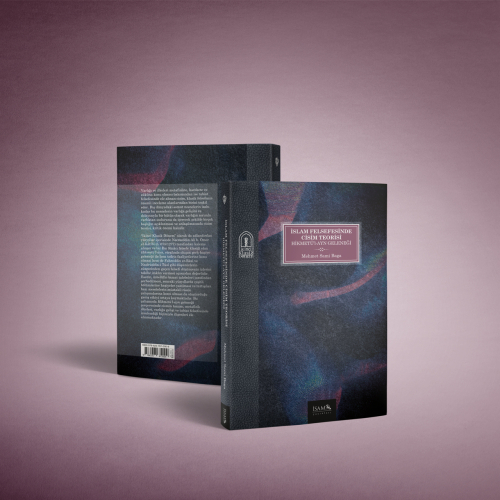İslam Felsefesinde Cisim Teorisi: Hikmetü'l-ayn Geleneği
The object, which has been a topic of metaphysics in terms of its existence and principles while being a topic of the philosophy of nature in terms of being the subject of movement and stillness, constitutes one of the important fields of study of classical philosophy. The theory of objects has critical importance in the explanation and understanding of many topics, including the coming of these objects into existence, and therefore the necessity of the existence as a whole coming into existence out of a Necessary Being, as much as its significance in the explanation of tangible objects in the external world.
Hikmat al-‘ayn, written by Najm al-Dīn Ali b. ‘Umar al-Kātibī (d. 675 / 1277), a classic of Avicennaist philosophy throughout the centuries known as the “Second Classical Period”, is valuable in terms of both being the subject of his teaching activities via the tradition of commentaries and glosses developed around it and the fact that it enables to follow the traces of philosophical thought passing through the filter of thinkers such as Fakhr al-Dīn al-Raẓī and Naṣir al-Dīn al-Ṭūsī. The fact that the work was annotated by the author’s own students, that commentaries were written about its various chapters in the following centuries, and that some of the issues discussed became the subject of individual treatises also reveal the vast influence it created. In this study, the definition of the object, its metaphysical principles, its coming into existence and its relation with the philosophy of nature are discussed within the framework of the Hikmat al-‘ayn tradition.
Click here to buy.

